Latest Articles
Essential Blockchain Interview Q and A 2025
Since Blockchain is becoming more and more popular day by day and new and new employment opportunities are being created...
Learn How to Become a Supply Chain Analyst
A supply chain analyst ensures that everything in the supply chain of a company works in the best way. They usually work...
The Dark Side of AI 2025 Toughest Challenges
Artificial intelligence (AI) is quickly evolving and changing the way we interact with technology. It’s helping pe...
Benefits of SAP and the Need for Training in Companies
SAP is an acronym for Systems, Applications and Products in Data Processing. It is a company specializing in computer so...
Best Places and Careers for a High Green Belt Salary
1. Reason Six Sigma is Used By Companies: All companies want to operate quicker, better and with less errors. Using S...
Why Different Blockchains Exist and What They Do
Blockchain became popular with Bitcoin and changed how people thought about doing business online. Once people started l...
AI Engineer Salary Trends in India
Artificial Intelligence (AI) is transforming the trend of technology and idea development in India. It is transforming t...
Leading AI Cybersecurity Firms to Watch in 2025
Artificial intelligence (AI) is revolutionizing the way that technology and ideas evolve in India. It enables companies ...
Learn PHP The Ultimate Beginners Tutorial
PHP means Hypertext Preprocessor. It is a special language used on web servers to create websites and web apps. You can ...
Choosing Between Azure and AWS
Cloud computing is very popular right now, and many companies are trying to be the best in this area. AWS and Azure are ...
Exploring 6 Cloud Computing Types and Their Uses
Cloud computing is not only in the future—it's also how computers are used today and in the past," says E...
Start Your Journey with Amazon Web Services
Amazon Web Services, or AWS, is Amazon's web computing service that offers numerous various tools and services. The ...

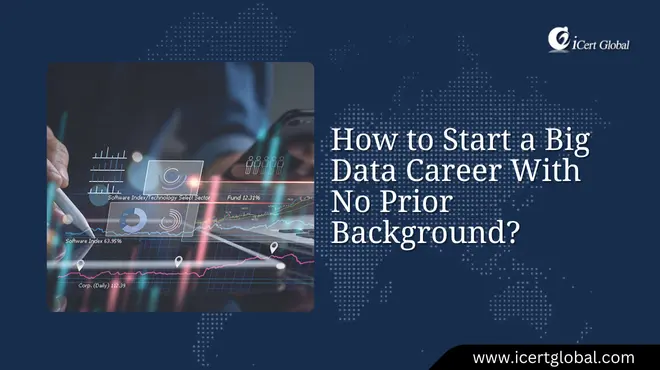

.jpg)
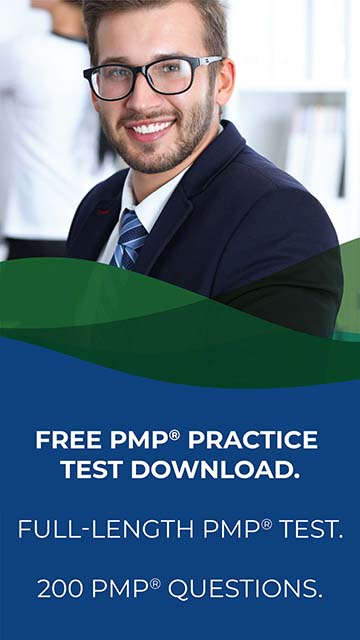

.webp)



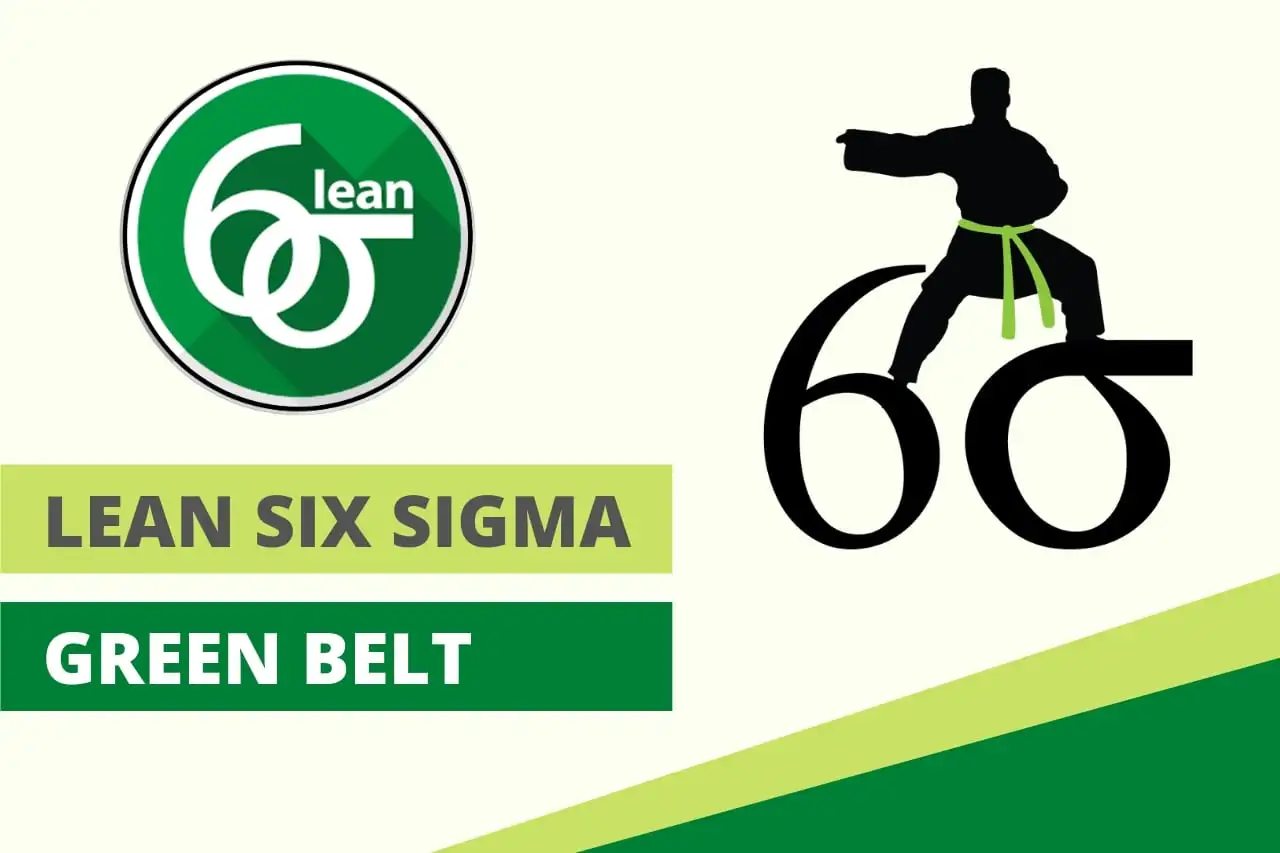

.webp)


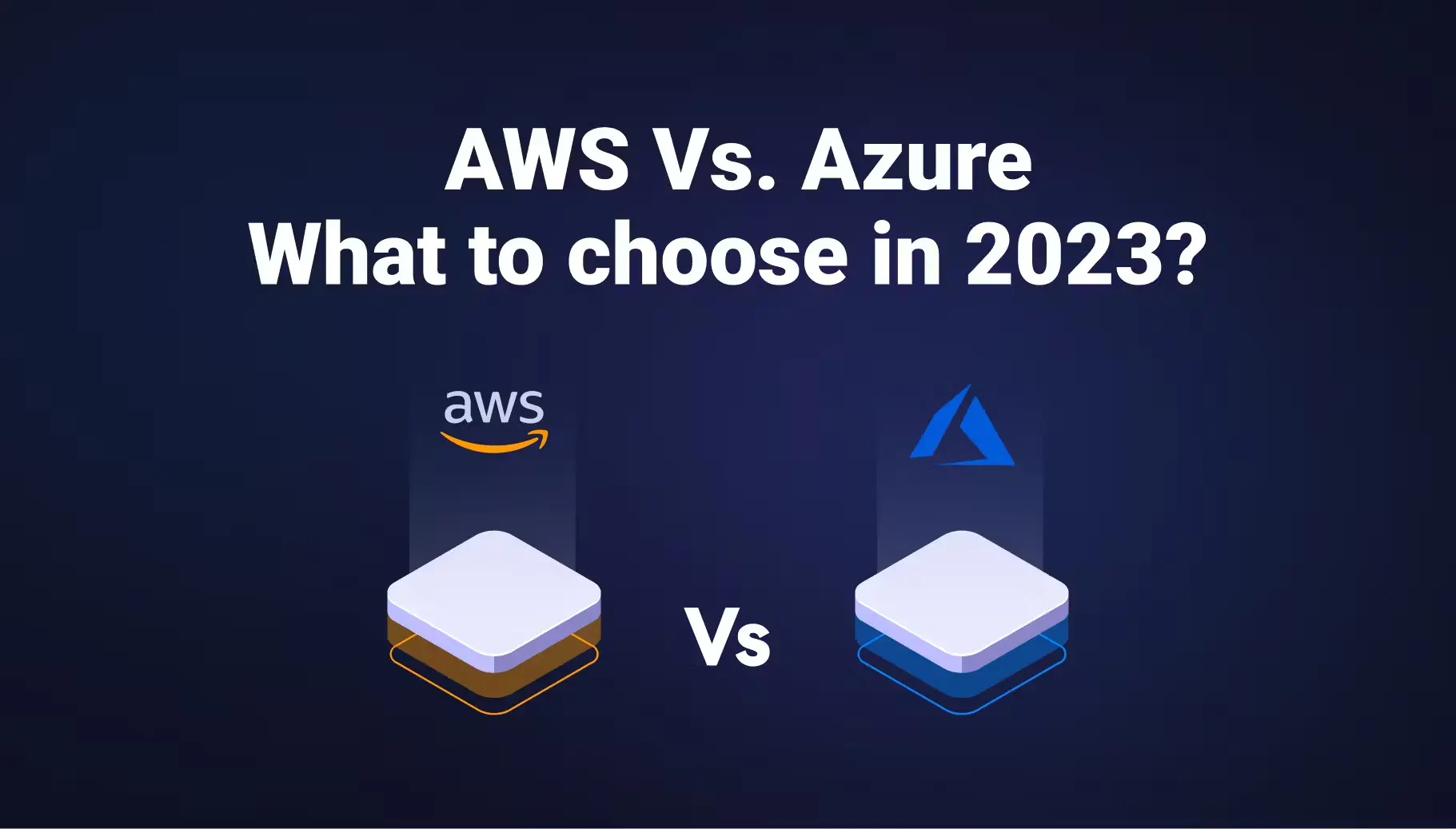
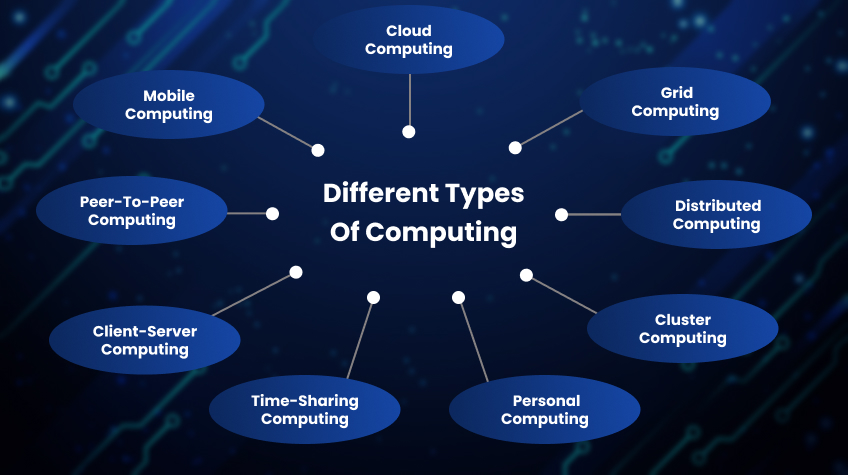
.webp)


